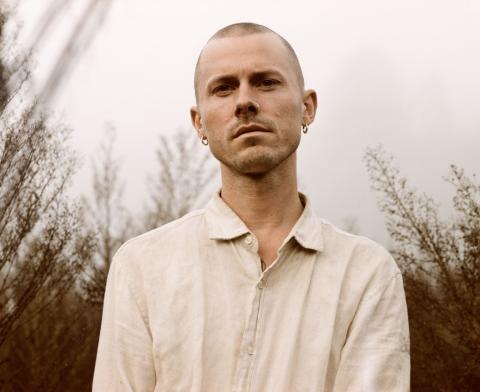The Dead Tongues/Libby Rodenbough
Please see the events listing for upcoming events.
After five months of not picking up an instrument, The Dead Tongues(Opens in a new window)’ Ryan Gustafson wanted to get rid of everything tied to his identity as a musician. He even considered changing his name. He was preparing to throw out old notebooks packed with years of material, but for some reason, he decided to stop and go through them, just to see if there was anything worth saving. And sure enough, he found images and lyrics—threads from former selves he didn’t want to lose. This was the catalyst for Dust, his fifth and best album as The Dead Tongues. Gustafson recorded Dust in nine days, the fastest he’d ever recorded anything. It was also the fastest he’d ever written anything; in the past, writing a song would take months, but this time he felt freer and wanted to have fun. The album was recorded at Sylvan Esso’s studio, Betty’s, in the woods of Chapel Hill, North Carolina. He built it out with help from a number of his musician friends: Joe Westerlund (Watchhouse, Megafaun, Califone) on drums, Andrew Marlin (Watchhouse) on mandolin, and backing vocals from Alexandra Sauser-Monnig and Molly Sarlé of Mountain Man, among others.
Dust is meant to be listened to while taking a night drive—far-flung, roving, and existential. It falls somewhere between the expansiveness of American jam band and the banjo-centric folk songwriting of Gustafson’s Appalachian home. Gustafson explains the thematic throughline succinctly: “It’s this idea of uprooting and rebirth and cycles, and the past informing the future, and the future informing the past. There is no single story. Everything is connected."


